
Rain gardens slow down rainwater, allowing it to soak into the ground rather than flow into a sewer or nearby creek, where the debris could eventually clog the waterways.
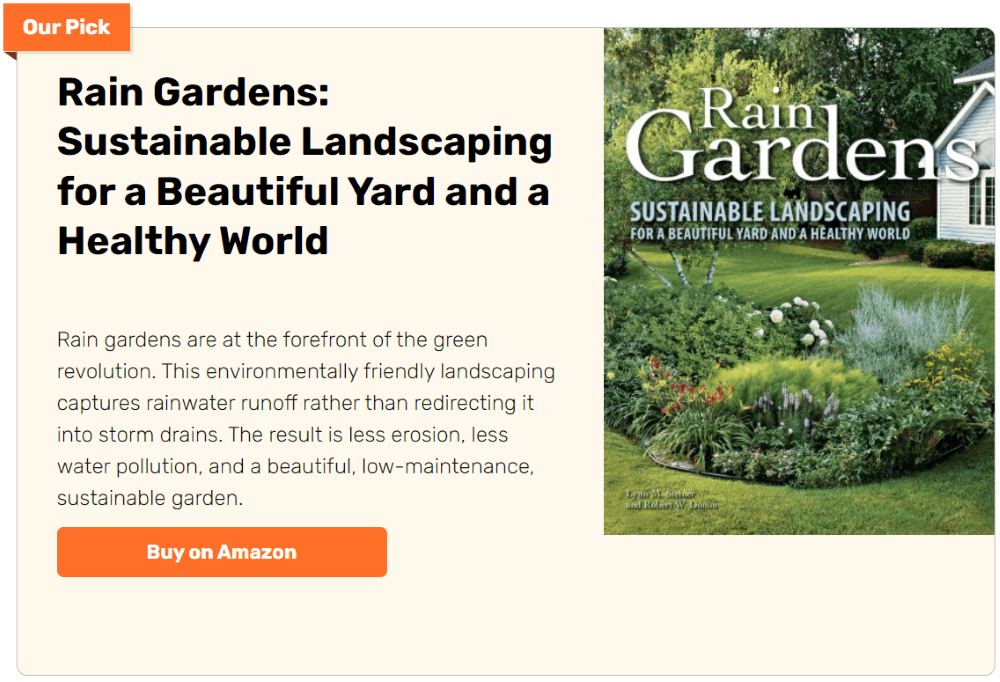
They are not much to look – at first. But if you live in an area of temperate climate, you’ll soon find coneflowers, asters, black-eyed Susans, bergamot, and milkweed blooming among bluestem and wild rye.
Starting a Rain Garden
Contents
Experts say homeowners should grow only native plants and wildflowers that thrive in abundant water for their rain gardens.
The plants help to filter pesticides and nitrates that would otherwise flow into nearby creeks, ponds, and rivers.
Below are a few tips and pointers on starting a rain garden in your backyard.
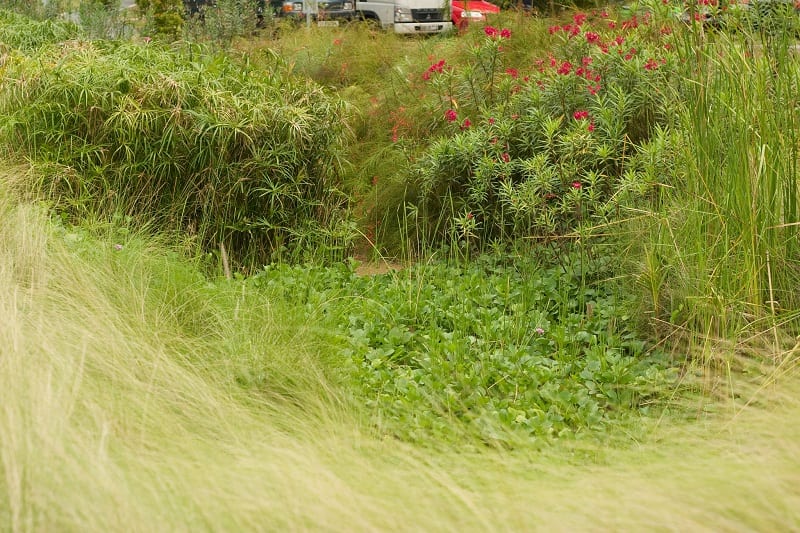
Choosing a Spot
Your rain garden should be located at least 10 feet from the house. Find a low spot in your yard that collects water after heavy rain.
Ideally, this area should receive full sun or at least a half-day of sunlight every day. The ground should slope from where rainwater collects – perhaps your roof or driveway – down to the rain garden.
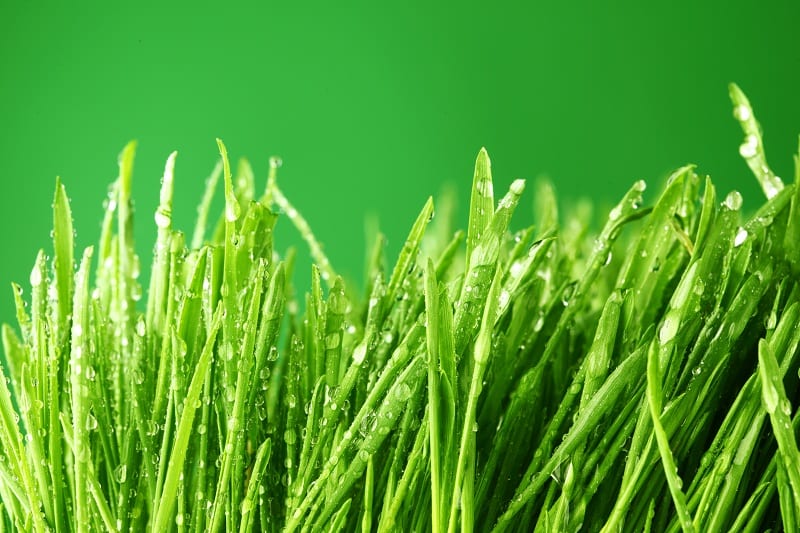
Soil Preparation
Once you’ve found a spot, remove the sod and dig a shallow depression approximately six feet deep. Slope the sides gradually from the outside edge to the bottom.
Use the soil that you remove to build a slightly raised area on the lowest side of the garden. The berm will help contain rainwater, allowing it to percolate slowly into the soil.
The recommended depth helps prevent mosquito infestation. If your rain garden is no more than 6 feet deep, the soil will likely absorb the rainwater within a week. Mosquitoes often require seven to 10 days to lay and hatch their eggs.
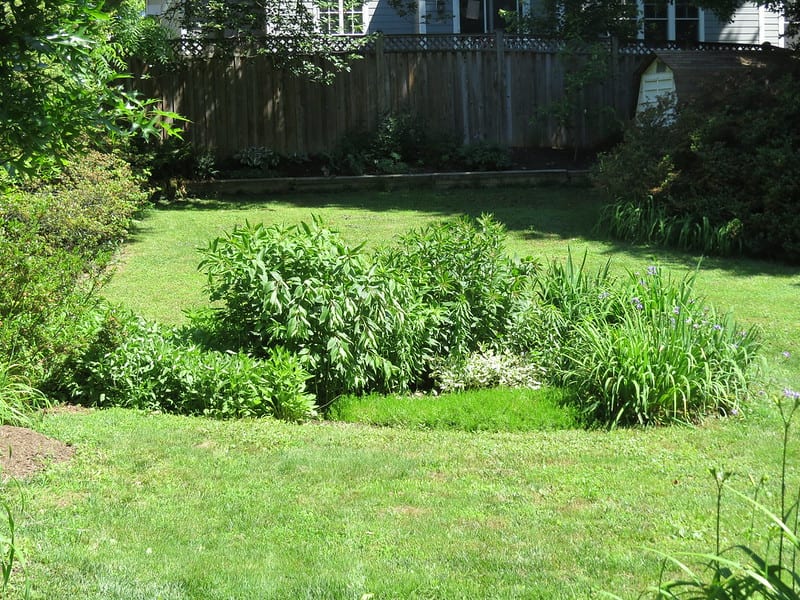
Selecting Plants
As earlier mentioned, it’s best to grow native plants in your rain garden. They are hardy and require little care. When choosing the plants, consider their height, bloom time, and color.
The plants will act as a living sponge for rain runoff, thriving on the moisture and filtering pollutants. As they grow, bloom, fruit, and set seed, they provide welcome habitat to bees, butterflies, earthworms, toads, rabbits, birds, and other wildlife.
Be sure to mix native ornamental grasses and sedges with perennial wildflowers. This will ensure the garden has a strong root mass that will reduce erosion and inhibit weed growth.
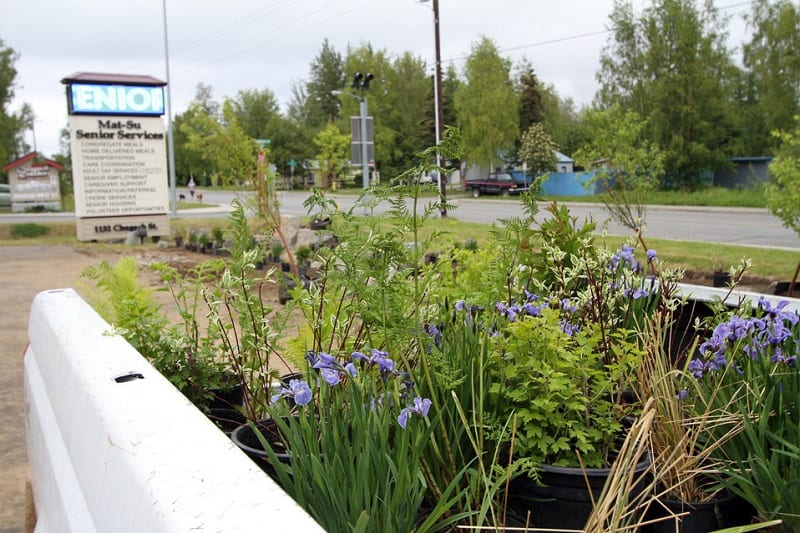
You should water your new plants every other day for the first two weeks. Once they are well-established, your garden should thrive without additional watering.
Fertilizers will not be necessary. Rain gardens require minimal weeding, as well, after the first growing season.
You’re Connected
Rain gardens are a boon to the environment. They help fight pollution, capture rainwater, and slow erosion. The flora creates a robust, living habitat for pollinators and wildlife, as well.
Perhaps more importantly, rain gardens are a reminder of a not-too-distant past when we knew our place in nature’s grand scheme.
Are you ready to build a rain garden? If so, contact your local extension officer to find out what plants are native to your area.








